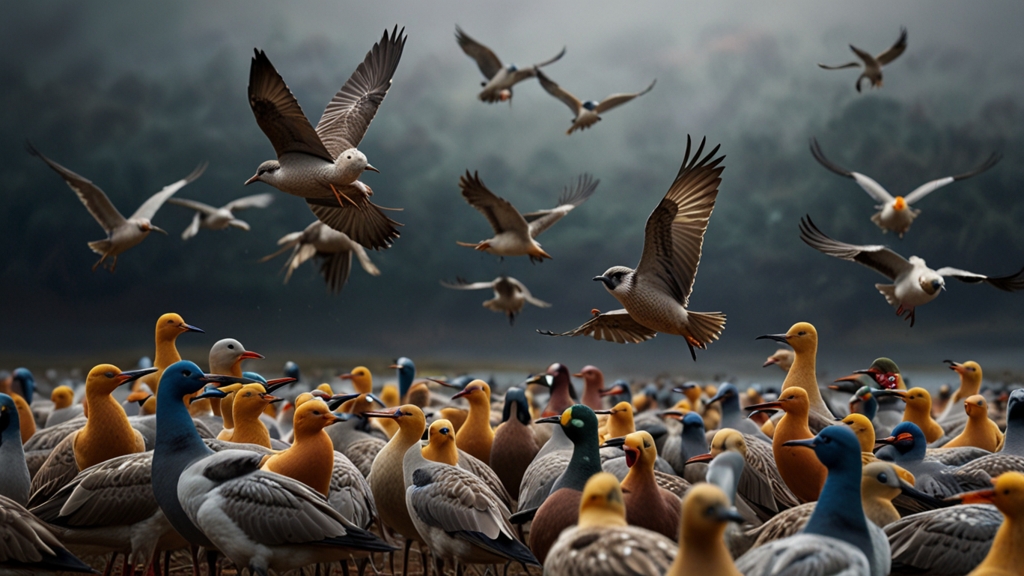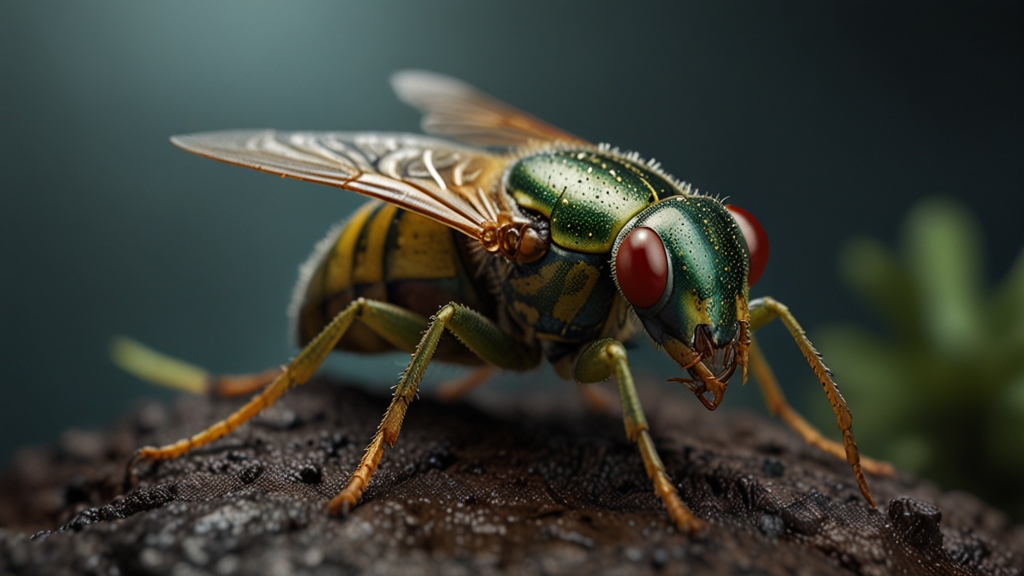The Fascinating World of Bird Migration: Journeys Beyond Imagination
Bird migration is one of the most astounding phenomena in the natural world. Every year, billions of birds traverse thousands of miles, crossing oceans, mountains, and deserts, to reach their breeding or feeding grounds. The awe-inspiring journeys these creatures undertake leave scientists and bird enthusiasts alike marveling at their navigational prowess and endurance.
The Science Behind Bird Migration
Migratory birds rely on a mix of innate genetic programming and environmental cues to navigate. They utilize the Earth’s magnetic field, the position of the sun and stars, and visual landmarks to find their way. Some species even have an extraordinary ability to detect polarized light, which aids in navigation during overcast conditions. Birds like the Arctic Tern travel over 44,000 miles annually, showcasing the incredible distances these trips can cover.
"The journeys of migratory birds are a testament to the resilience and ingenuity of nature. Their ability to navigate such vast distances with precision is a mystery that continues to inspire researchers." - Ornithologist Jane Smith
Remarkable Migratory Routes
One of the most remarkable migratory routes is that of the Bar-tailed Godwit, which flies non-stop from Alaska to New Zealand, a distance of over 7,000 miles. This journey, completed in just eight days without stopping for food, water, or rest, demonstrates the bird's incredible endurance and efficiency.
Another notable journey is undertaken by the tiny Ruby-throated Hummingbird. Despite weighing less than a nickel, these tiny creatures travel from Canada and the eastern United States to Central America, crossing the Gulf of Mexico in a single 500-mile, non-stop flight.
"To witness a migratory bird in flight is to see determination and strength personified. Each wingbeat is a promise to reach a distant, unseen horizon." - Birdwatcher Alan Thomson
Challenges and Threats
The journey of migratory birds is fraught with peril. Habitat loss, climate change, and human-made structures like buildings and wind turbines pose significant threats. In addition, changing weather patterns and unpredictable climatic events add layers of difficulty to their already arduous travels.
Conservation efforts are crucial in ensuring the survival of these migratory species. Initiatives like protected migratory corridors, habitat restoration, and legislative measures to mitigate human impact are vital to preserving these incredible journeys. Success stories like the recovery of the Whooping Crane population highlight the impact such efforts can have.
The Role of Citizen Scientists
Bird migration studies benefit significantly from citizen scientists. Birdwatchers worldwide contribute valuable data through platforms like eBird, helping researchers track migration patterns, population dynamics, and species health. This collaborative approach bridges gaps between professional ornithologists and the public, fostering a deeper connection and understanding of migratory birds.
"Every bird sighting logged, every migratory path tracked by citizen scientists enriches our knowledge and enhances global conservation efforts. It's a collective endeavor with profound impact." - Conservationist Maria Gonzalez
Conclusion
The world of bird migration is a frontier of wonder and scientific inquiry. These journeys, beyond our imagination in scope and difficulty, reveal nature’s ingenuity and the indomitable spirit of avian travelers. Understanding and protecting these migratory paths ensures not only the survival of the birds but the sustenance of the ecosystems they help maintain. As we continue to unravel the mysteries of their epic voyages, the importance of conservation and global collaboration becomes ever more apparent.







